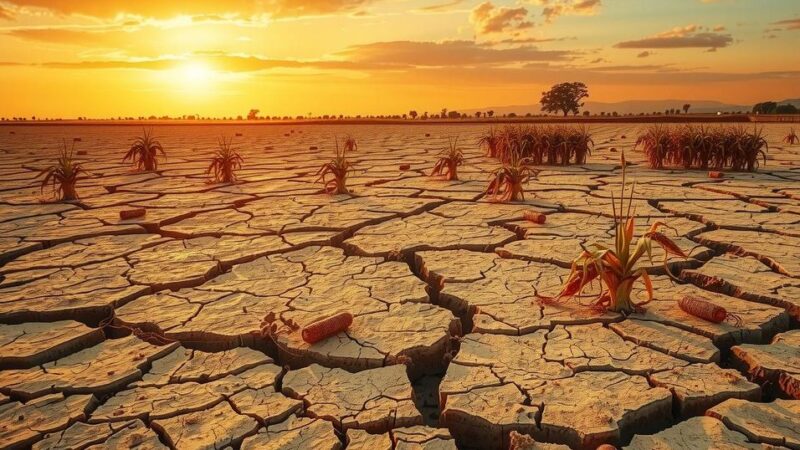Deforestation in the Brazilian Amazon surged 92% in May compared to 2023, largely due to fires and logging. With nearly half the destruction attributed to these activities, concerns over the ecosystem’s long-term health are rising. In response, the Brazilian government declared an environmental emergency and is deploying new technologies to fight fires and preserve the rainforest.
Deforestation in the Brazilian Amazon saw a staggering increase of 92 percent in May compared to the previous year. The Portuguese news agency Lusa reported this sharp spike, raising alarm about the future sustainability of this crucial ecosystem. According to satellite data from Brazil’s space agency, around 960 square kilometers of rainforest were lost in May 2024, jumping from about 500 square kilometers during the same month last year.
Roughly half of this destruction can be attributed to logging at 48 percent and illegal mining at 1 percent, but the majority—51 percent—comes from fires. This dramatic shift represents a significant turning point for the Amazon. João Paulo Capobianco, the executive secretary of Brazil’s Ministry of the Environment, remarked that the native forests, which used to resist fires, are now showing signs of vulnerability. He stated that climate change, recurring droughts, and fires over the last two decades have eroded that resilience.
Capobianco highlighted a critical perspective: “We are not talking about the point of no return or the collapse of the biome, but about the collapse of the burned area that was once forest.” According to the non-profit Mongabay, if deforestation and carbon emissions are not significantly reduced, there is a risk that the Amazon could transition to a savannah-like ecosystem within decades.
The majority of fires in the Amazon are man-made, serving purposes like clearing land for agriculture, cattle ranching, and illegal logging. Last year, Brazil lost a land area equivalent to Italy due to fires, with over 30.8 million hectares affected during 237,700 incidents; more than half of this destruction (58 percent) occurred in the Amazon region itself.
Last year’s rainfall in the Amazon fell by as much as 70 percent, which fueled intense drought conditions, causing major rivers in the rainforest to drop to historic lows. This, combined with a 42.3 percent increase in fire occurrences, resulted in a staggering 66 percent rise in burned areas across the Amazon in 2024 alone.
In anticipation of worsening fire conditions for 2025, the Brazilian government declared a nationwide environmental emergency back in February. This decision allows for an allocation of more resources to local governments and fire departments while increasing hiring for fire brigades. There are also tax benefits available for landowners who commit to preserving forested areas.
Amidst these challenges, Brazil is investing in innovative technologies to better predict, monitor, and tackle fires in the vast 4.1 million square kilometers of the Amazon. The Prevfogo program, overseen by the environmental institute, employs satellite technology and AI to foresee fire outbreaks. This initiative monitors climate patterns, land usage changes, and other elements to identify high-risk regions. Furthermore, they are testing autonomous drones in two northern states aimed at early fire detection and suppression, while research is ongoing into fire-resistant tree species and soil treatments for added resilience.
The Brazilian Amazon is facing an alarming increase in deforestation, with a 92 percent rise in May compared to last year, primarily driven by fires and logging. The ecological impact is severe, raising fears of irreversible damage to this vital rainforest. In response, the government is implementing emergency measures and investing in advanced technologies to combat the growing threat of wildfires. Without significant intervention, the Amazon risks transforming into a less biodiverse savannah ecosystem in the coming decades.
Original Source: macaonews.org






